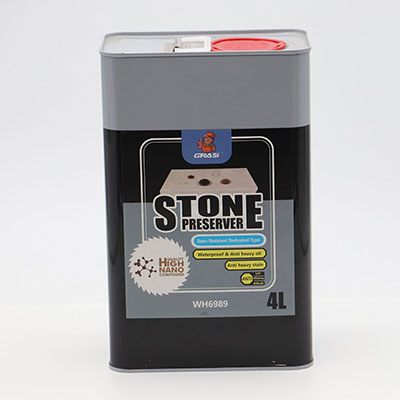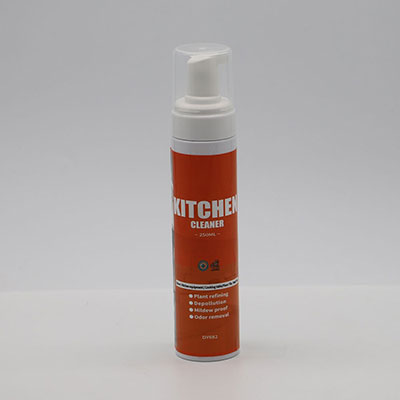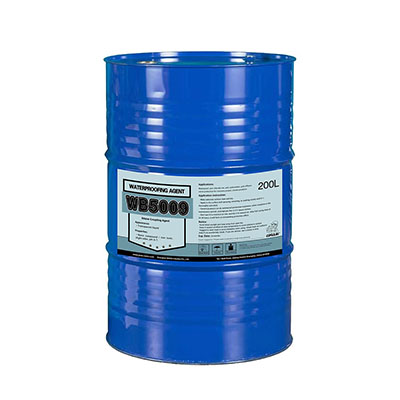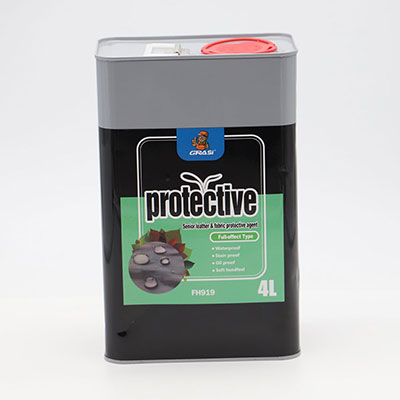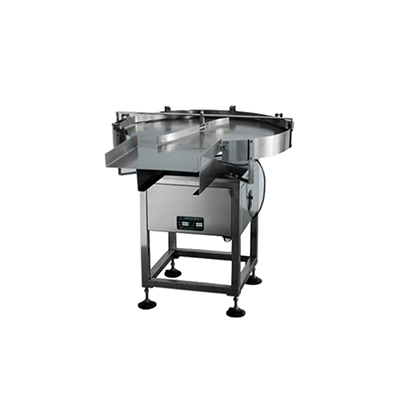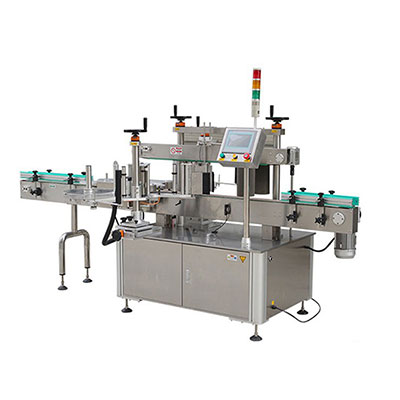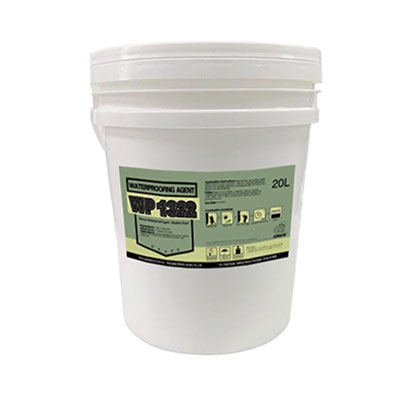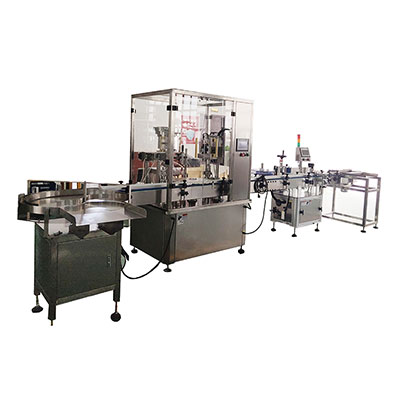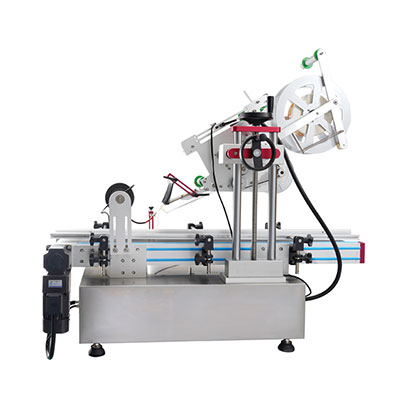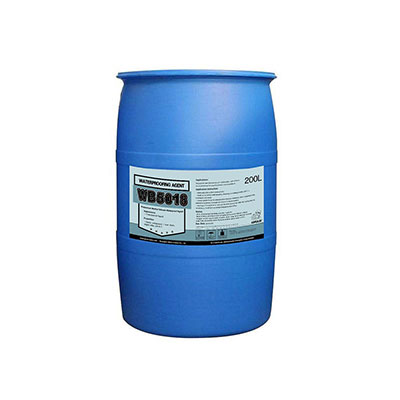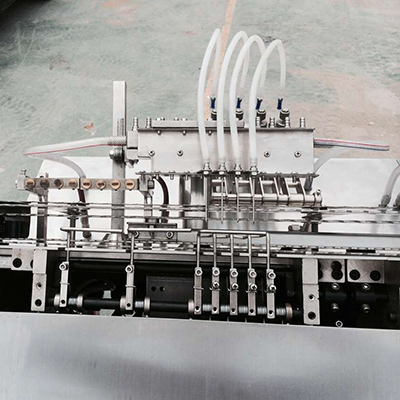Flexible Dies
The flexible die is actually one type of rotary die and can be regarded as a split rotary die. It must be used with magnetic cylinder. Because of the magnetic attraction, the flexible die closely attaches to the cylinder surface and they rotates together to realize rotary die cutting.
In comparison to other rotary die products, the magnetic flexible die has a short production cycle and low cost. It's suitable for small amount production and finds a wide application in label printing industry. According to different customer’s demands, three types of flexible die are provided. The thickness can be customized from 0.4 to 1.8mm.
Standards of Flexible Dies (HRC50)
| Flexible die | Etching die | |
| Die height | 0.3-1.2 | 0.5-2.0 |
| Blade height | 0.19-1.09 | 0.3-1.8 |
| Thickness of base plate | 0.11-0.18 | 0.2-0.5 |
| Blade angle | 50° -90° | 40° -80° |
| Min. spacing | 0.8 | 1.0 |
| Min. round angle | 0.2 | 0.25 |
| Min. oblique angle | 0.4 | 0.5 |
| Min. serrated knife | 0.2:0.2 | 0.2:0.2 |
| For flexible die customization, these parameters should be provided: diameter of magnetic shell, cylinder diameter, cylinder width and material samples. For magnetic drum customization, these details should be provided: cylinder design drawing or brand and model, drum spacing. | ||
| Spacing of magnetic cylinder | Thickness of base plate | Blade height | Blade angle | Material thickness | Material types |
| 0.48 | 0.11-0.18 | ≤ 0.37 | 30~90 | ≤ 0.22 | Coated paper, glassine paper, synthetic paper, kraft paper, PE, PET, PVC, PP, etc. |
| 0.58 | 0.11-0.18 | ≤ 0.47 | 30~90 | ≤ 0.28 | |
| 0.8 | 0.11-0.18 | ≤ 0.69 | 30~90 | ≤ 0.41 | |
| 1.0 | 0.11-0.18 | ≤ 0.89 | 30~90 | ≤ 0.60 | |
| 1.2 | 0.11-0.18 | ≤ 1.09 | 30~90 | ≤ 0.72 |
Various Types of Flexible Dies
Anti-Sticking Die
With special anti-sticking treatment on the surface, this type of flexible die is suitable for cutting adhesive or products with adhesives. Its anti-sticking property greatly ensures clean cutting quality. Besides, the anti-sticking die also shows good resistance to acid solution, alkaline solution and organic solutions.
Coated Die
The surface coating is golden yellow and is resistant to high temperature and abrasion. Therefore, the lifespan is remarkably improved.
Hardened Die
Undergoing hardening process, the die shows great improvement in hardness, abrasion resistance, corrosion resistance, high temperature resistance and service life. In addition, the die center still remains great toughness and doesn't affect the die precision.
Matters Need Attention
After each usage, the flexible die should be totally cleaned up. Ink and adhesives on its surface should be removed. Because of the existence of coating, the flexible die will not go rusty under normal circumstances. However, the surface coating might be abraded while using. Thus, it's advisable to spray anti-rust oil and carefully packed after the clean-up work.
Before Usage
1. Take out the flexible die and carefully unwrap the film for fear that the flexible die suddenly bounces up, hurting operators or damaging blade.
2. Check the label on packaging barrel to make sure the flexible die is exactly the one you ordered.
3. Use magnifying glass to check the flexible die. If everything is OK, go to the next step.
4. The magnetic surface must be cleaned by a dust-free cloth to ensure no dust, impurities on the surface. If the surface is rusty, broken or bumped, please immediately repair it to guarantee the normal usage.
5. Both sides of flexible die must be dust free. Please do not hurt the blade while wiping. (Dust free cloth is advised)
6. If the magnetic cylinder or flexible die is not clean. It may cause uneven cutting and bad cutting quality. More seriously, the flexible die will be scrapped.
Installation
1. Install the magnetic cylinder on the workstation, then attach the flexible die.
2. Keep the cylinder shell and bottom shaft clean, without any impurities.
3. Find out the paper feeding direction. An arrow mark is in the tooth gear side to show the feeding direction.
4. Make sure the left-right register line on the die aligns at the line on cylinder surface.
5. Slowly rotate the cylinder, make the die attach on the surface. Please be careful and not be cut by the blade.
6. After the attaching work, check the registering line on both ends of flexible die. If not, adjust the die or reattach it.
Usage
1. When first using, slightly press the flexible die and adjust the press force according to the cutting quality.
2. When adjusting the die, please make sure the blade will not directly bump against the material as possible damages to the blade might impact the lifespan of flexible die and die cutting quality.
3. After using for a while, the blade might be abraded and higher press force is required.
4. For serious blade abrasion, there will still be material skipping or uneven cutting problems when the press force is the maximum. Under this case, user can stick one layer or two layers of 0.005-0.01mm thick thermal transfer ribbon (or PET, or spray ink) on the back of die.
5. Before sticking thermal transfer ribbon or PET, spray some anti-rust oil on the die back. The paste the thermal transfer ribbon or PET slightly and smoothen it. Attach the coated flexible die onto the magnetic cylinder surface, cut off extra film material. Plus, for ink spraying, please pay attention to the thickness and evenness.
6. When you finish using the die or need to adjust it, insert a special sheet into a corner of the flexible die, slide the sheet to the edge center, pry up one side of the die, rotate the cylinder until the die is off. When dismounting the die, be careful and keep your fingers from the blade.
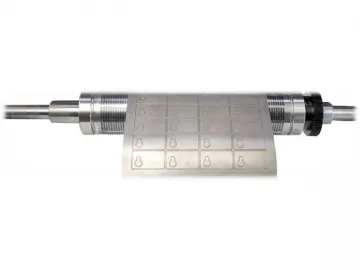
Storage
For storage, most types of flexible dies need to be curled, especially dies with small teeth. Therefore, flexible dies are most often packed with paper drum. After usage, spray anti-rust oil on the die surface, pack the die with plastic bag, curl it up and put it into paper drum. Or pack the die with plastic bag and hang it up.
1. After the usage of die, wipe it up and spray the surface with some anti-rust oil or lubricating oil.
2. Put the paper drum in a dry and ventilated place to ensure normal usage of die for the next time.
3. Similar to the maintenance of die, the magnetic cylinder should be sprayed with lubricating oil, wrapped with foam, stored in wooden case and placed in a dry and ventilated place.
Samples
Links:https://www.globefindpro.com/products/52209.html
-
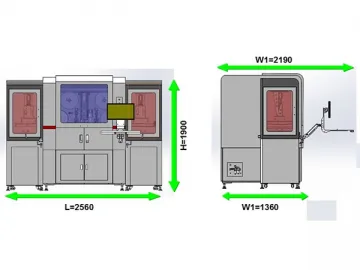 Automatic Die Cutting and Laminating Machine
Automatic Die Cutting and Laminating Machine
-
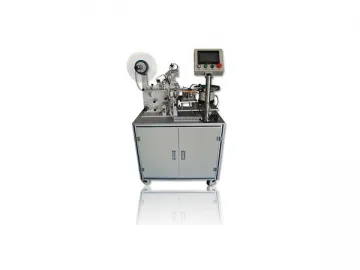 Screen Protector Film Laminating Machine
Screen Protector Film Laminating Machine
-
 Solid Rotary Die
Solid Rotary Die
-
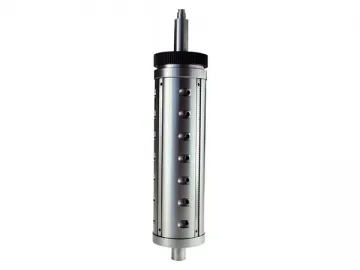 Removable Blade Sheeter
Removable Blade Sheeter
-
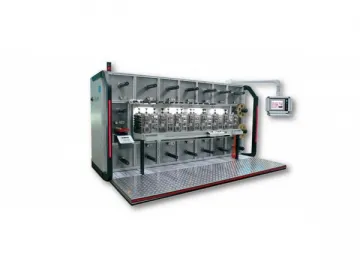 8 Station Rotary Die Cutting Machine
8 Station Rotary Die Cutting Machine
-
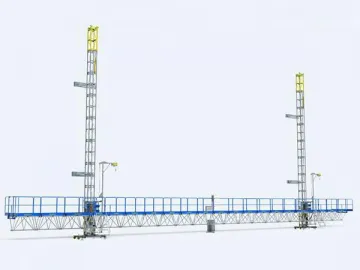 Mast Climbing Work Platform
Mast Climbing Work Platform
-
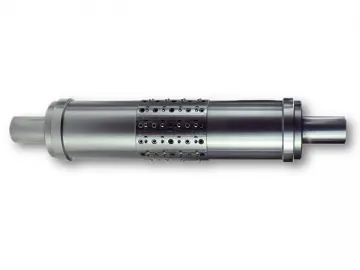 Vacuum Die
Vacuum Die
-
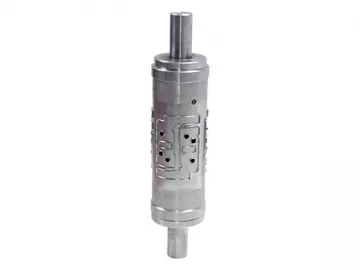 Hollow Rotary Die
Hollow Rotary Die
-
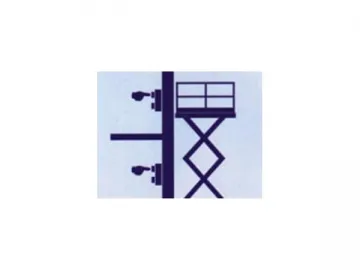 1000-6500kg Hydraulic Scissor Lift
1000-6500kg Hydraulic Scissor Lift
-
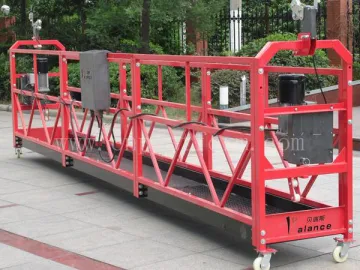 ZLP800 Steel Suspended Work Platform
ZLP800 Steel Suspended Work Platform
-
 Embossing Roll
Embossing Roll
-
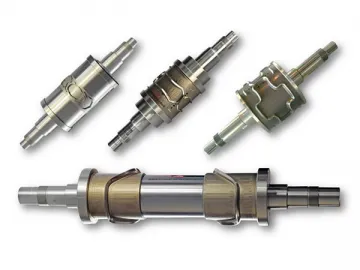 Vacuum Insert Die
Vacuum Insert Die
